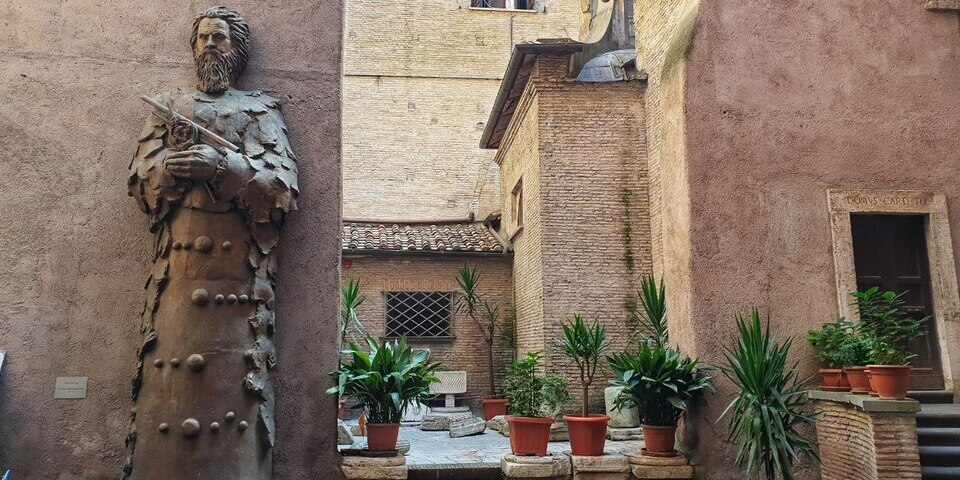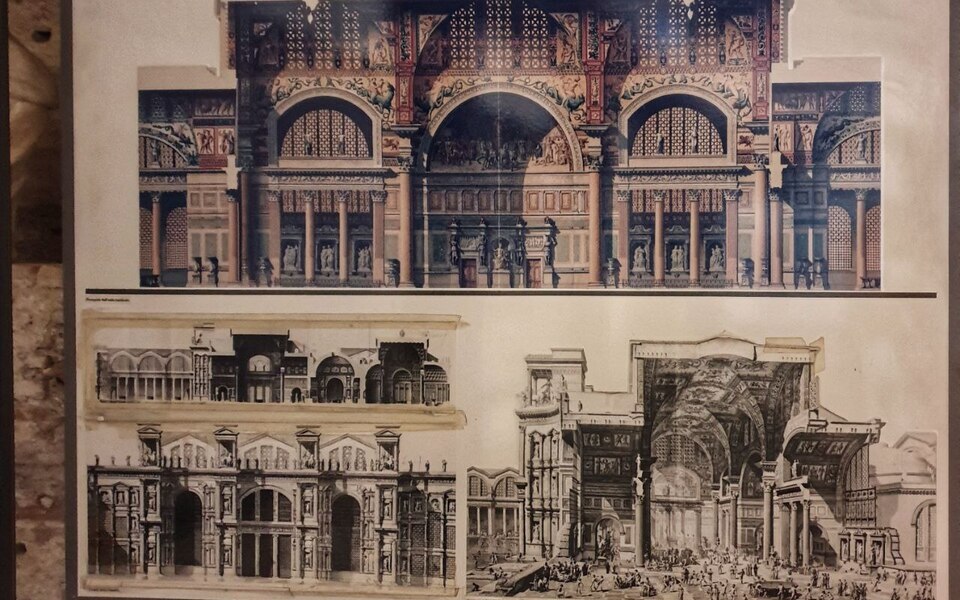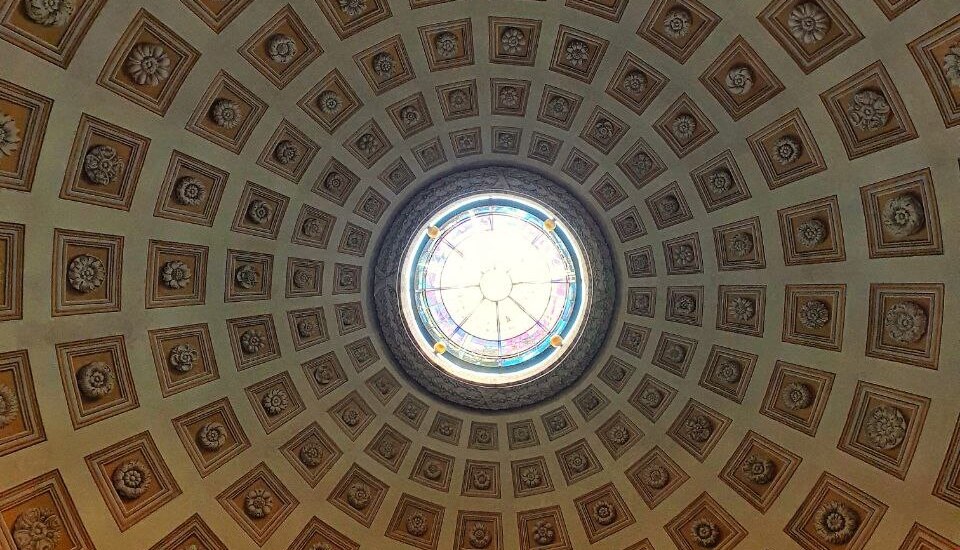
21593 views
Written by: Kate Zusmann

| Opening Hours |
Sunday:
- ,
-
Monday:
- ,
-
Tuesday:
- ,
-
Wednesday:
- ,
-
Thursday:
- ,
-
Friday:
- ,
-
Saturday:
- ,
-
|
|---|---|
| Closest bus stops |
|
| Closest subway stations | |
| Address | P.za della Repubblica, Roma |
| Website | www.santamariadegliangeliroma.com |
The Basilica of St. Mary of the Angels and the Martyrs (Santa Maria degli Angeli e dei Martiri) is an impressive church initially designed by the renowned Renaissance architect Michelangelo. It is known for its unique circular shape and grandeur, with a dome that the Pantheon inspired. This basilica holds historical significance as it was built on the ancient Roman Baths of Diocletian ruins, making it a captivating blend of ancient and Christian history.
Contents
ToggleThe Basilica of St. Mary of the Angels and the Martyrs, also known as “Santa Maria degli Angeli e dei Martiri” in Italian, is a fascinating church located in Rome with a rich history that spans centuries. Its history is closely tied to the ancient Roman Baths of Diocletian, initially constructed in the 4th century AD by the Roman Emperor Diocletian. These baths were among the largest and most luxurious public baths in ancient Rome, covering an extensive area and serving as a symbol of the opulence of the Roman Empire.
The transformation of the baths into a Christian basilica began in the 16th century, thanks to the creative genius of the Italian Renaissance architect Michelangelo. In 1563, Pope Pius IV commissioned Michelangelo to convert a portion of the massive baths into a church, thus preserving the ancient structure’s historical significance while repurposing it for Christian worship. Michelangelo’s design was unique and innovative, featuring a central circular nave and a massive dome inspired by the Pantheon’s design. This architectural masterpiece reflects the Renaissance’s interest in blending classical and Christian elements.

Read also: The Basilica of San Giovanni in Laterano
The basilica was consecrated in 1566 and was subsequently named St. Mary of the Angels and the Martyrs to honor the Christian martyrs who had suffered persecution during the reign of Emperor Diocletian. The church’s interior is adorned with impressive frescoes and works of art, making it a testament to Michelangelo’s architectural brilliance and the artistic achievements of the Renaissance period. The basilica also houses a meridian line, which was used to calculate the date of Easter, a function related to the Gregorian calendar reform.

Today, the Basilica of St. Mary of the Angels and the Martyrs stands as a remarkable fusion of ancient Roman history and Christian faith, attracting visitors worldwide who admire its architectural beauty and contemplate the layers of history that have shaped this magnificent church. It remains a significant pilgrimage site and a symbol of the enduring connection between the ancient and Christian worlds in the heart of Rome.
When visiting the Basilica of St. Mary of the Angels and the Martyrs in Rome, Italy, there are several notable features and attractions to explore:

Author: Kate Zusmann
This website uses cookies. For more info read the cookies policy
Rome.us © 2025. Created with love by Roman experts and guides.